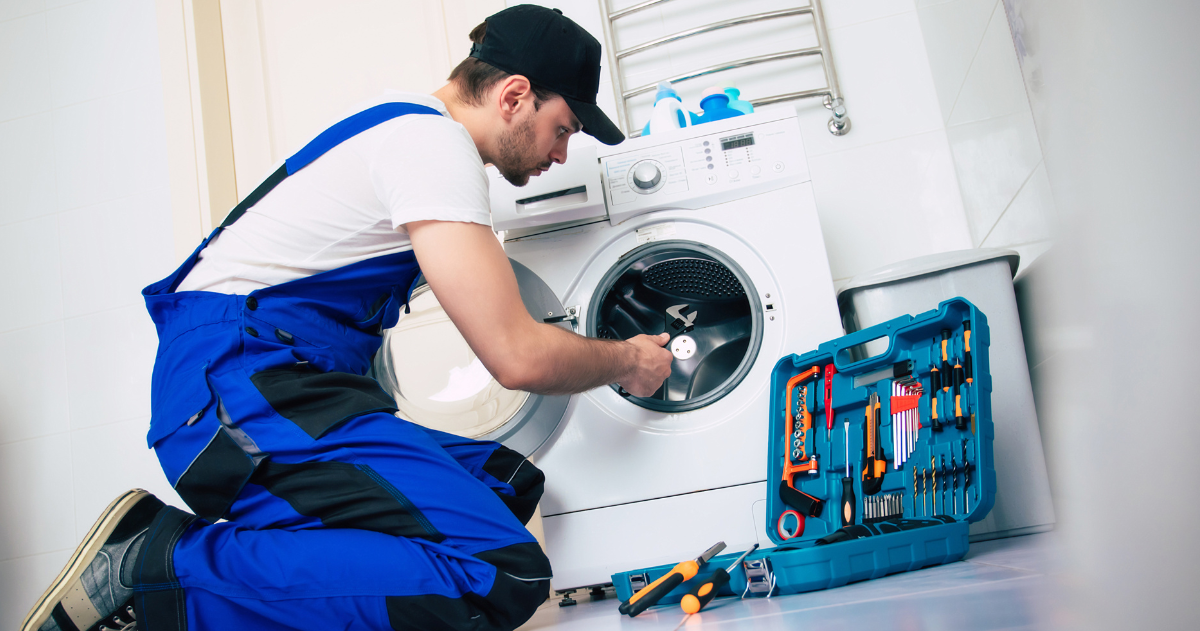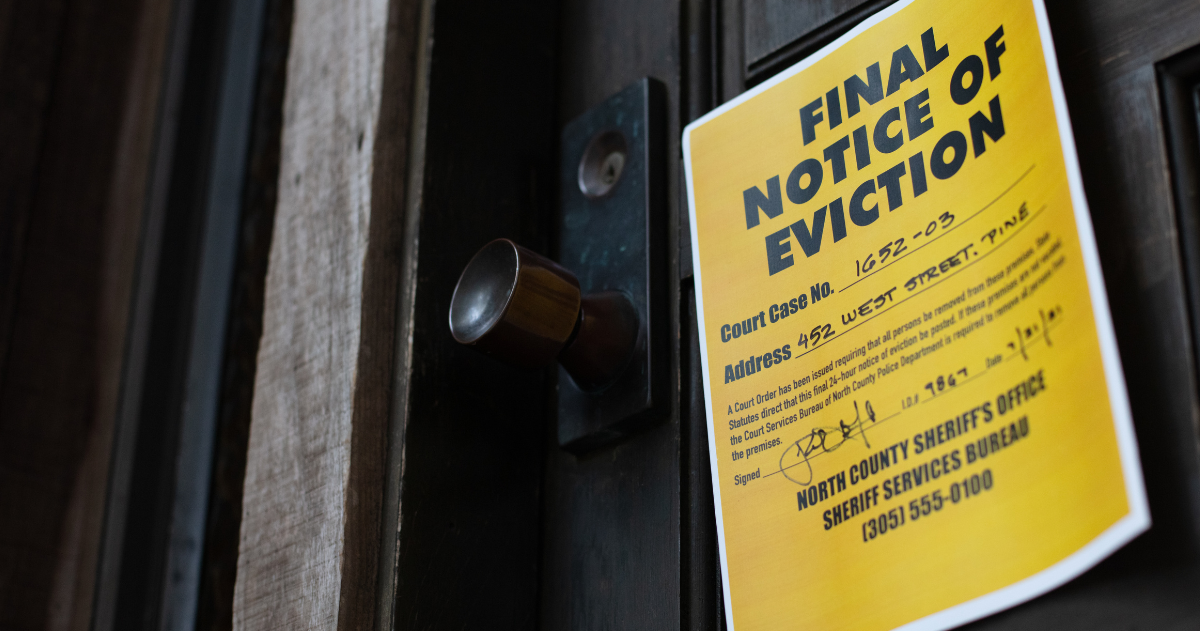Your Responsibilities for Repairs as a Toronto Landlord
Under the Residential Tenancies Act (RTA), landlords are required to keep everything in the property in working order. This usually refers to things such as appliances, carpets, windows, doors, and lighting.
The main dividing line between something a tenant is responsible for versus something a landlord takes responsibility for is if the item is no longer functional. For example, if a lightbulb burns out, your tenant is expected to replace that as the lighting fixture still works. If, however, they replace the bulb and the lighting fixture still doesn’t work, the responsibility to fix it lies with the landlord.
Timing is everything to tenants
As a landlord, you are required to take measures to fix the non-working item in a reasonable period of time. This can get tricky as tenants usually want things fixed right away, and their definition of a reasonable period of time may be different than what the situation will allow.
If you call a repair person and they can’t make it in for a week, you have technically fulfilled your obligations under the RTA, but you should also try to find someone who can come in sooner if possible. Similarly, if the repair person shows up and finds that they need a part which will take a couple of days to ship, your tenant may be upset but you are still taking care of the issue.
Realistically, the relationship with the tenant is the most important thing to maintain. Most people will be happy if you take immediate steps to fix the problem, but there will always be outliers that won’t have reasonable expectations.
Always send your written notice required to enter the unit
Even if your relationship is friendly with the tenant, it’s best to adhere to the law when it comes to yourself or repair people entering the unit. You are required to give them 24 hours written notice for when the unit will be entered, and you should be there to let the repair person in. In some cases, the tenant should be present as well, but that is entirely at their discretion where your written notice is non-negotiable under the RTA.
The notice must include the day of entry, the approximate time, and the reason for entry. If you are unsure when a repair or delivery person will show up, you can put in an hour range that could last all day if necessary. This notice is also required for any return visits for the repair person, so if they say they can show up the next day to continue work they’ve started on, you should take the time to write your tenant an email or text on the spot with the notice to enter.
This step is easy to forget in the course of fixing an issue, but should be followed to the letter in case the situation sours and the tenant chooses to take you to the Landlord and Tenant Board (LTB) to arbitrate the issue.
What if damage is caused by the tenant?
If damage is caused by the tenant beyond normal wear and tear, they must repair or replace whatever is damaged. If the damage is not repaired, the landlord can file with the LTB which can order that the damage be repaired or even for evicting the tenant, if the landlord desires that outcome.
Often, this kind of damage is accidental, such as a dog chewing up an entire carpet rather than just an edge. When that is the case, you may want to consider a fix that accounts for what caused the damage, such as tearing up carpet and replacing it with hardwood flooring. If that is the case, you could reasonably ask the tenant to pay for the carpet removal while you pay for the hardwood floors. It’s best to leave the LTB out of it if you have a good relationship with your tenant.
If damage by the tenant becomes a pattern, and they are unwilling to pay for it, that is when you want to get the LTB involved.
Keep savings in a maintenance account
You should be keeping a certain amount aside for ongoing maintenance and repairs. Many cite the 50% rule – putting aside half of the monthly rental income for this purpose. If this number seems too high, consider putting aside 1% of the value of the property per year instead. This would mean if you are renting a property worth $500,000, you would put aside $5000.00 per year for repairs and maintenance.
The only problem with going with the lower amount of savings is that you aren’t budgeting for high-ticket items like furnaces or HVAC equipment. If you are going to use the 1% rule, maybe sock away a bit extra to account for larger expenses. A good way to split the difference would be to save 20% of your rental income rather than 50%.
If you simply don’t have the time to deal with the day-to-day of being a landlord, consider using us as your property management service. If you don’t mind doing everything else but need someone to call if there are repair or maintenance issues, we can do that even if we don’t manage your property. Contact us today to find out how we can help you increase your income by being a better landlord.





